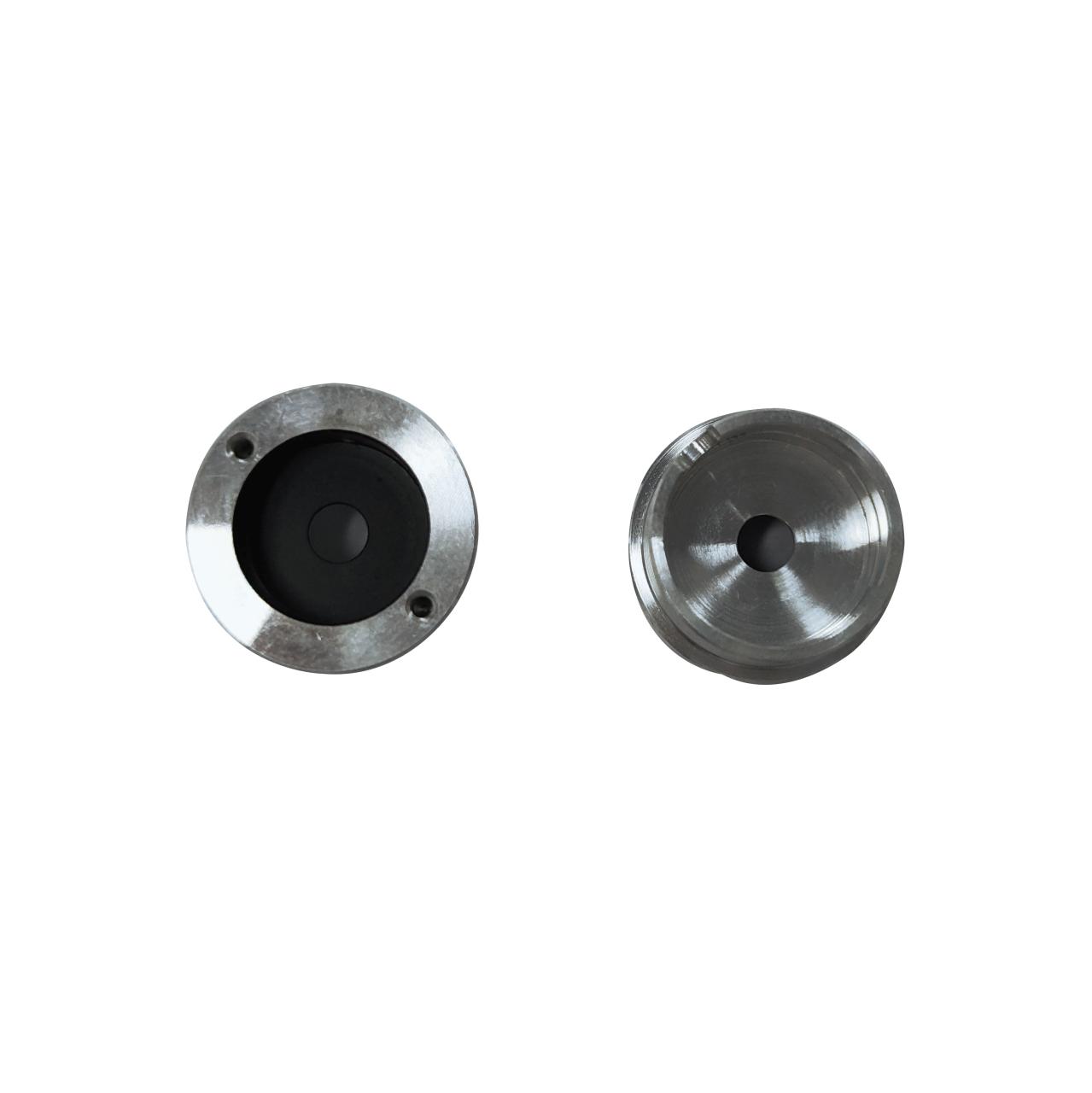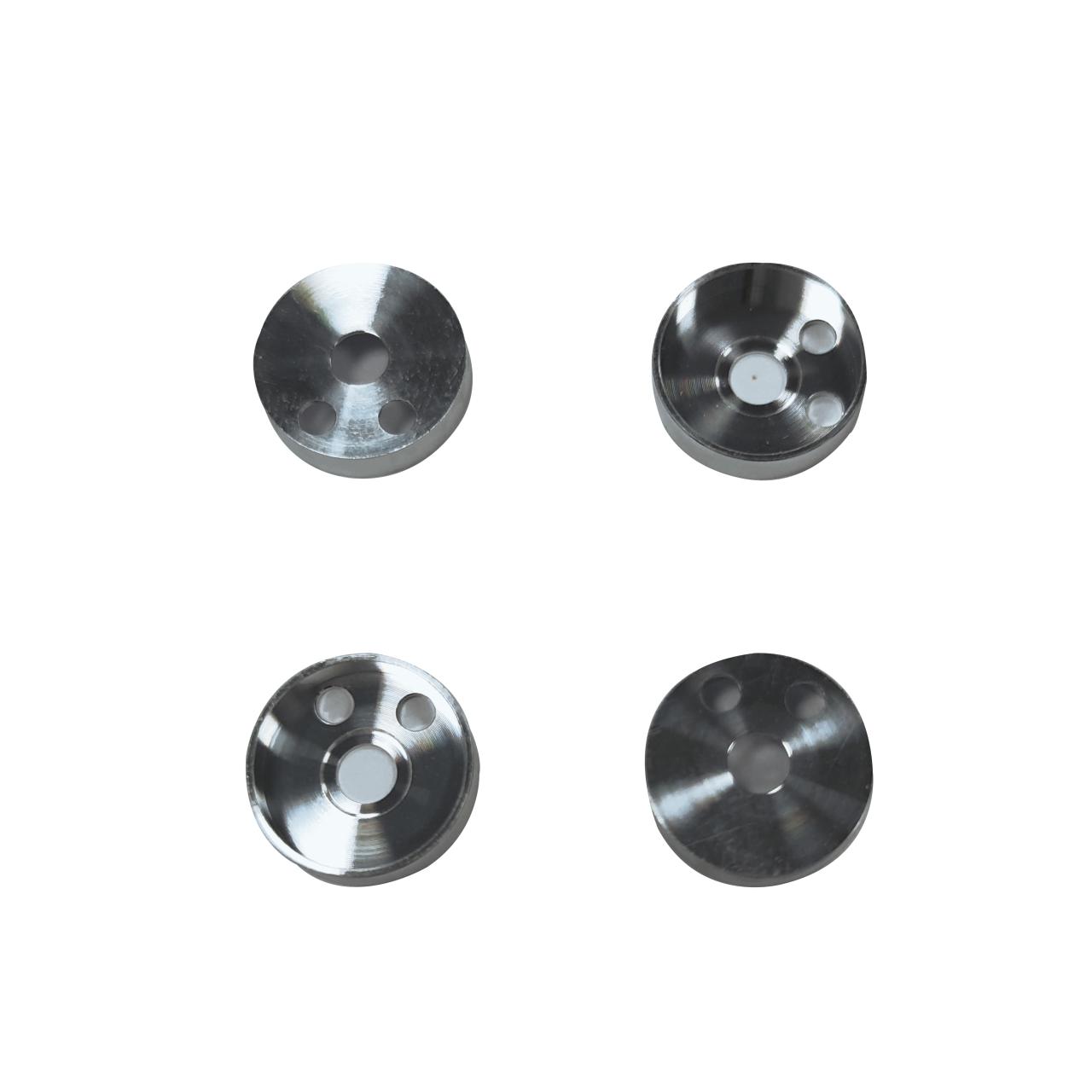Single-axis vibrating mirror metal parts processing materials and methods introduced
What is a single-axis galvanometer?
A single-axis oscillator is an optical scanner that uses a single reflector mounted on a movable oscillator to deflect the laser beam along a single axis. This allows the laser beam to be scanned accurately and quickly in one direction for applications such as laser engraving, laser marking and laser cutting. Single-axis mirrors are often used in conjunction with other scanning systems to provide two-dimensional scanning capability.
From a process perspective, the use of single-axis oscillators for laser processing requires attention to the following aspects:
 1. Beam quality: The laser beam quality is critical to the accuracy and quality of the laser process, so a high quality laser source needs to be selected and the laser beam quality needs to be ensured through proper optical design.
1. Beam quality: The laser beam quality is critical to the accuracy and quality of the laser process, so a high quality laser source needs to be selected and the laser beam quality needs to be ensured through proper optical design.
2. Scanning speed: The scanning speed of a single-axis oscillator determines the efficiency of laser processing, but care needs to be taken not to sacrifice processing quality and accuracy. In order to obtain higher processing efficiency, you can consider using multiple single-axis mirrors or using two-dimensional mirrors for scanning.
3. Laser power: Laser power has a great impact on the depth and speed of laser processing, you need to choose the appropriate laser power according to the processing material and processing requirements.
4. Processing material: single-axis oscillator can be used for laser processing of many materials, but the processing parameters and process requirements vary from material to material. For example, for fusible materials, a low power laser and controlled heating time are required to prevent material melting or deformation.
5. Laser processing mode: single-axis oscillator can be used for laser processing in point mode or line mode, according to the specific requirements to choose the appropriate processing mode.
In short, the use of single-axis oscillator for laser processing requires comprehensive consideration of the above factors, and reasonable parameter selection and process optimization to ensure processing results and quality.
Single-axis oscillator can be used for laser processing of many materials, the following are a few common materials and their processing points:

1. Metal materials: single-axis oscillator is commonly used for laser processing of metal materials, including steel, aluminum, copper, magnesium and other materials. Steel usually requires a high power laser for cutting or punching, while aluminum requires control of laser power and speed to avoid overheating and deformation of the material. Copper and magnesium and other easily heat-conducting materials require the use of a high quality laser beam to ensure processing accuracy and quality.
2. Plastic materials: uniaxial oscillator can also be used for laser processing of plastic materials, including polypropylene, polyimide, polycarbonate, etc.. Different plastic materials need to use different laser power and speed, and control the heating time to avoid material melting or deformation.
3. Glass materials: laser processing of glass materials using uniaxial oscillators requires control of laser power and speed, and selection of appropriate processing modes to avoid glass cracks and fractures. Commonly used glass processing methods include punching, cutting and engraving.
4. Ceramic materials: Laser processing of ceramic materials requires a high power laser light source and the use of a high quality laser beam to ensure processing accuracy and quality. The processing of ceramic materials mainly includes cutting and punching, etc.
It should be noted that different materials have different physical and chemical properties, and suitable laser processing parameters and process methods need to be selected according to the processing requirements and characteristics of the specific material. Before laser processing, the material needs to be fully researched and tested to ensure the processing results and quality.
Metal parts of single-axis oscillators are generally processed by mechanical machining, which can perform high-precision and high-efficiency cutting of metal materials to meet the requirements for dimensional accuracy and surface quality of single-axis oscillator parts.
Here are a few common mechanical processing methods:
1. Drilling processing: Drilling is a common metal processing method, which can be processed by the rotation and feed of the drill bit. In the single-axis vibrating mirror, drilling is commonly used in the processing of the vibrating mirror shell and support structure. Drilling has the advantages of fast processing speed, high precision and easy automation, but there are certain restrictions on the processing range of hole diameter and depth.
2. Milling processing: milling is a rotary cutting processing method, can be processed on the plane and surface. In the single-axis vibrating mirror, milling is commonly used in the processing of large metal parts such as the base of the mirror and the support structure. Milling processing has the advantages of fast processing speed, high processing accuracy, suitable for large parts, but need to pay special attention to the selection of tools and wear.
3. Turning processing: turning is a rotary cutting processing method, which can be processed for cylindrical, conical and other shapes. In the single-axis vibrating mirror, turning processing is commonly used in the processing of parts such as vibrating mirror support rods and cams. Turning machining has the advantages of fast processing speed, high precision and good surface quality, but attention needs to be paid to the selection and wear of tools.
It should be noted that different machining methods have different characteristics and applicability, and it is necessary to choose the appropriate machining method according to the processing requirements of specific parts and material characteristics. Before mechanical machining, processing
XY-GLOBAL has a rigorous process for every step from production to mass production. If you need vibroscope-related parts, contact xy-global for a professional engineering team to solve your problem and get high quality on-demand parts with professional prototyping and production capabilities. Our quotes and DFM analysis can be completed online in minutes, and quality parts can be delivered in days.

